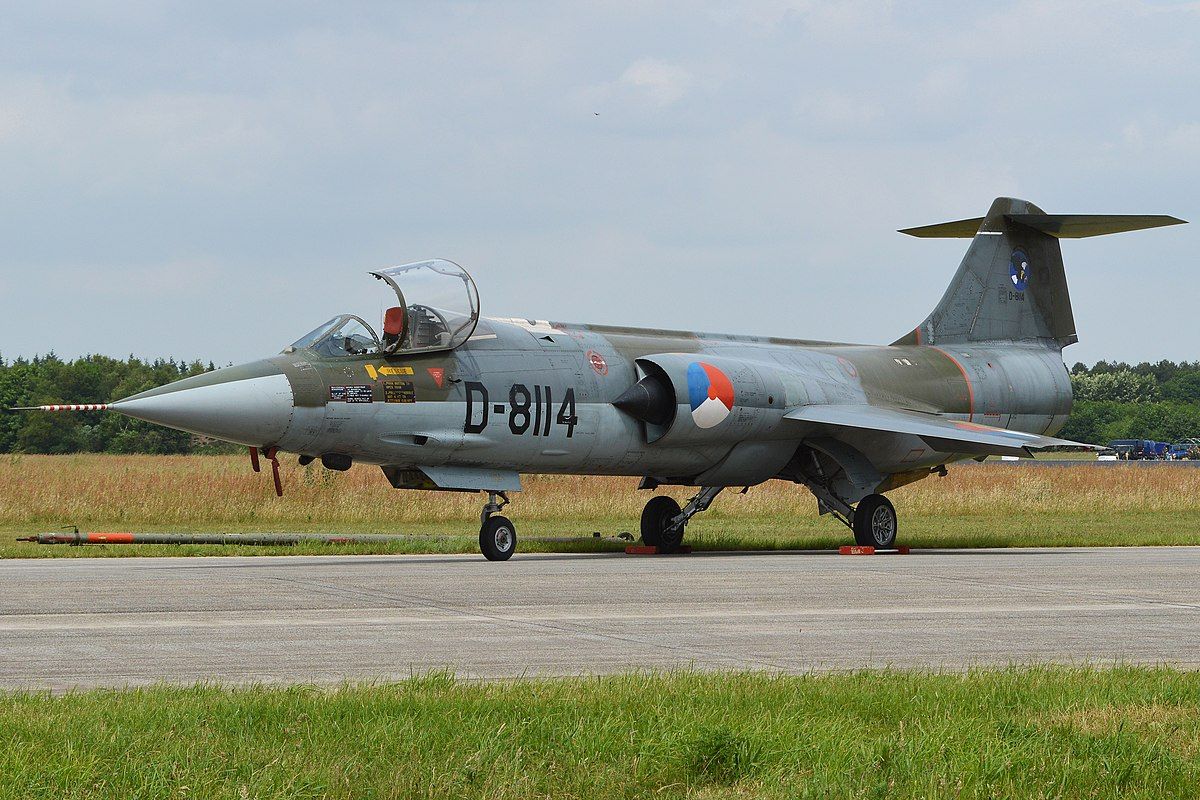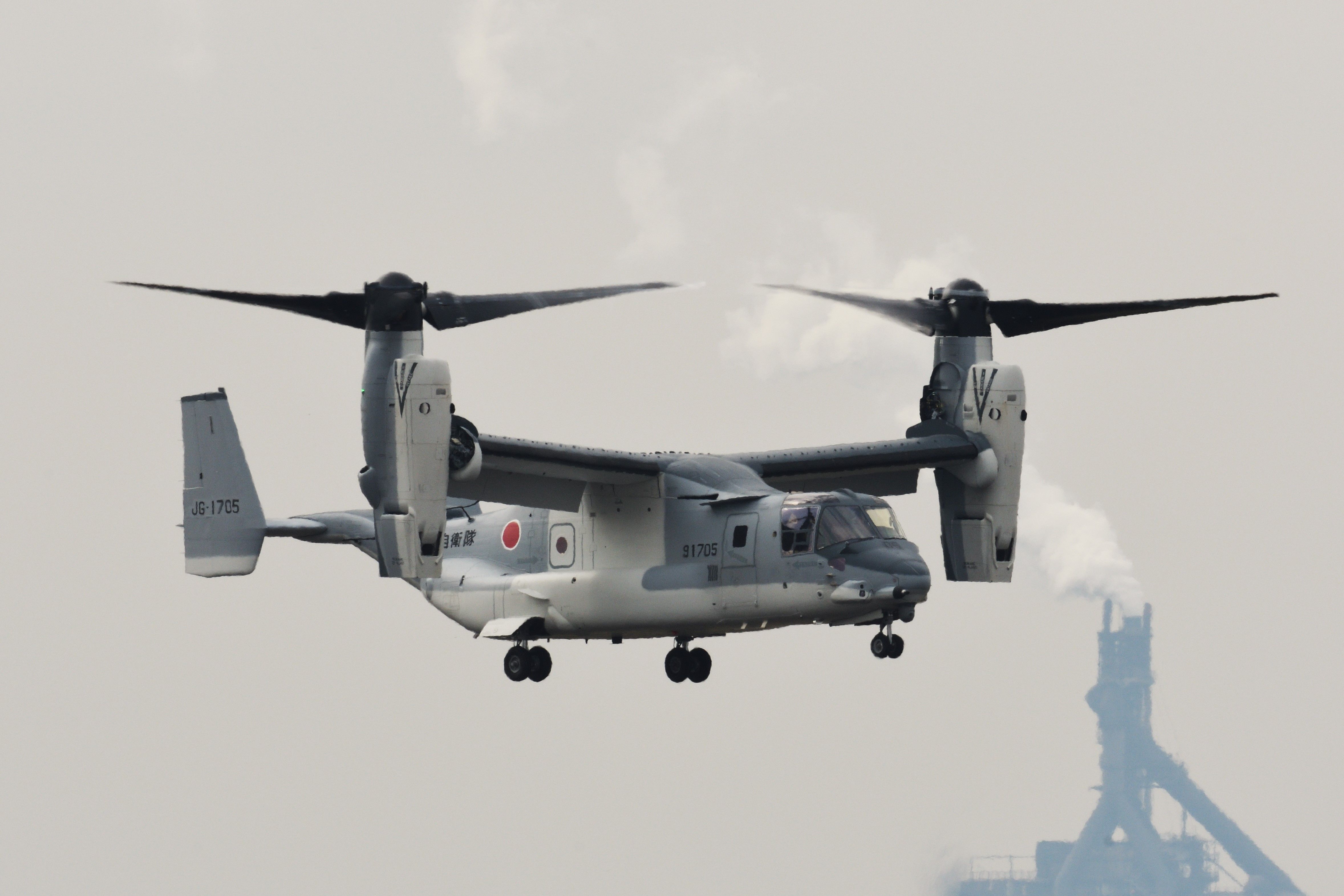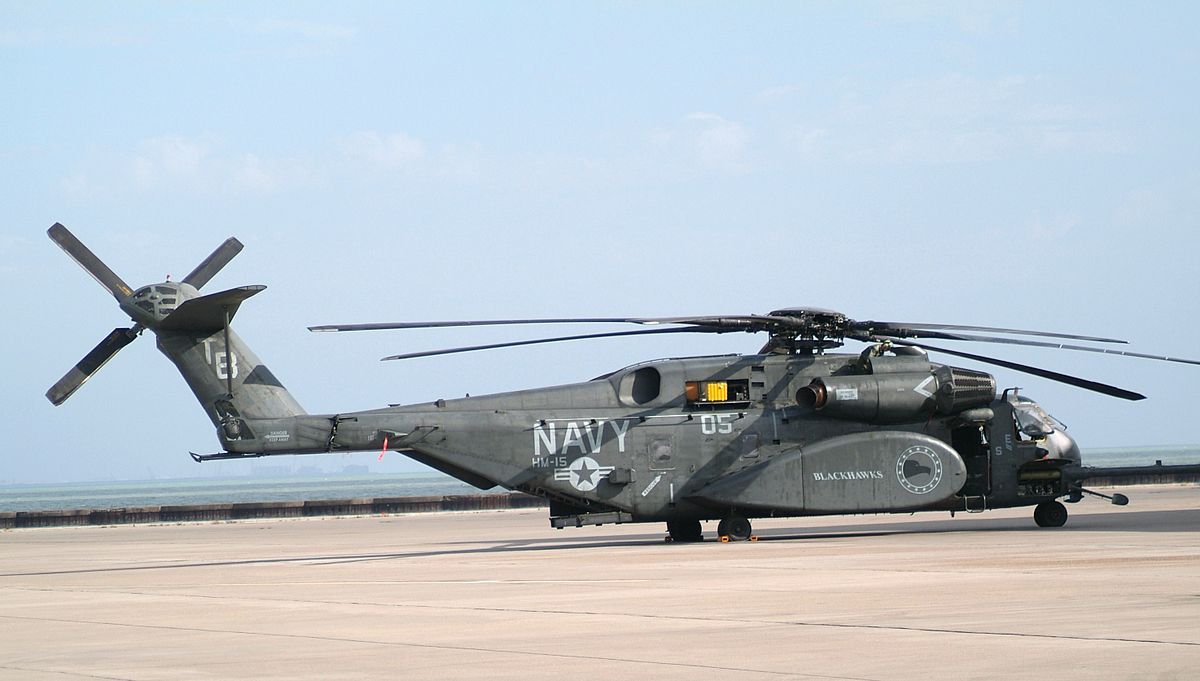Summary
- The US Air Force has seen many aircraft crashes due to design flaws and operational issues throughout history.
- The Indian-produced MiG-21s have a strikingly high crash rate, with over half of the fleet having crashed.
- The Bell Boeing V-22 Osprey has had its fair share of accidents, with 16 hulls lost and 62 total fatalities.
What US Air Force aircraft has had the most crashes? Some (such as the F-104 Starfighter) were prone to accidents while others such as the (Republic F-105 Thunderchief) had to be pulled from service because of appalling shoot-down rates. The Air Force has suffered many devastating aircraft crashes over the years and continues to suffer them today.
Military aircraft are often inherently dangerous and they crash all the time. Since World War II, the Air Force has had its share of aircraft crashes and aircraft plagued with design flaws. Perhaps the most dangerous aircraft still flying in the world today are the Indian-produced MiG-21s. Out of a fleet of around 840 aircraft, over half have crashed (the final MiG-21s are due to retire in 2025).
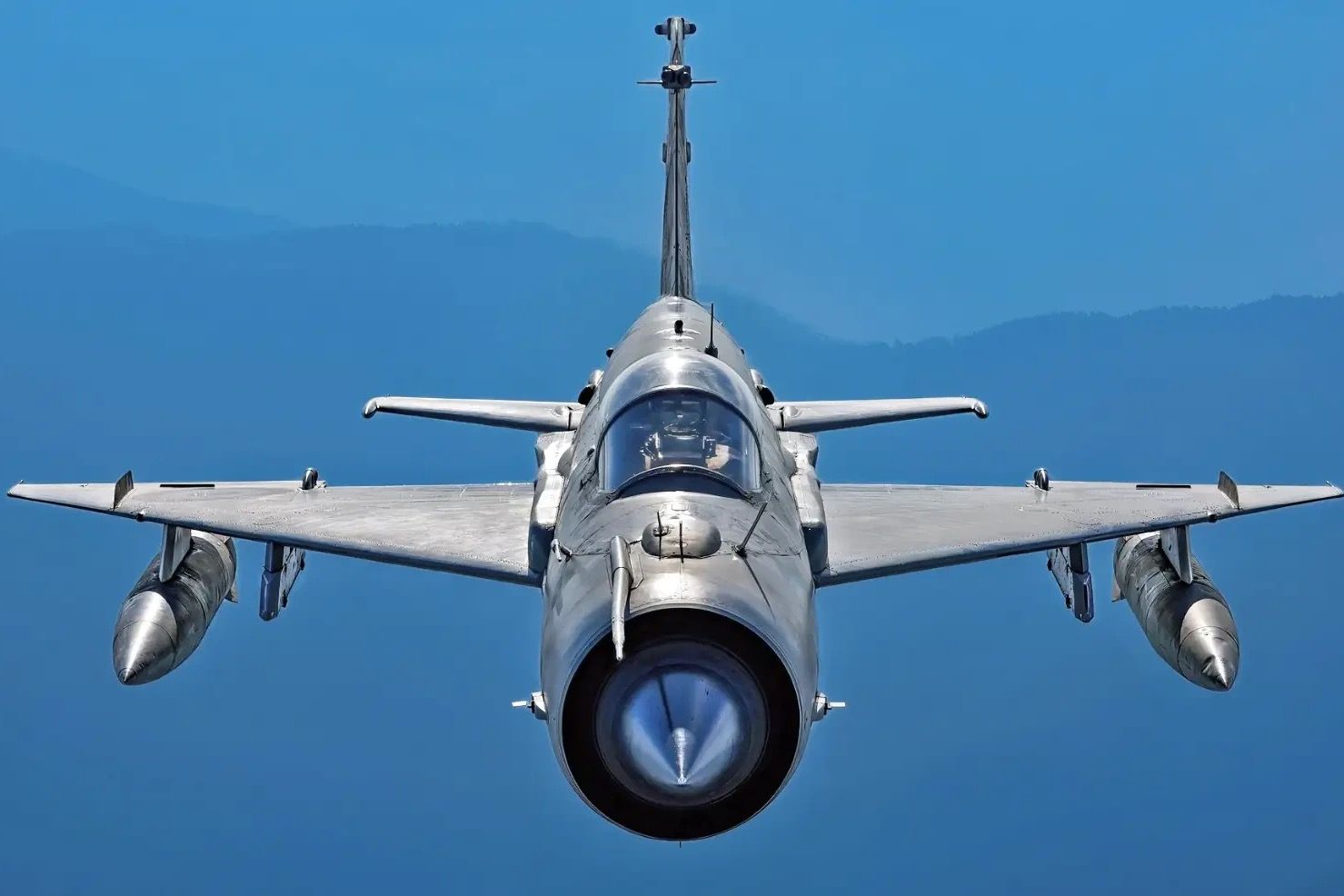
India Set To Retire Its Mig-21 Fleet In 2025 After 60 Years & 400 Crashes
After half of the fleet crashing over the years, the last of India’s 40 MiG-21s are expected to retire in 2025.
Withdrawn from combat
The Republic F-105 Thunderchief was an early US Air Force Cold War fighter bomber with the ignominious reputation of being the ‘flying coffin’ of its time. It flew major strike bombing missions early in the Vietnam War, where it was repeatedly shot down. It is the only American aircraft to have been removed from combat on account of high loss rates. 1945 states that out of the 833 Thunderchiefs produced, 320 aircraft were lost in combat over Vietnam, plus another 62 were lost in non-combat-related incidents.
|
Service Period: |
1958 to 1984 |
|---|---|
|
Number Produced: |
833 |
|
Number Lost: |
320 to combat / 62 to non-combat |
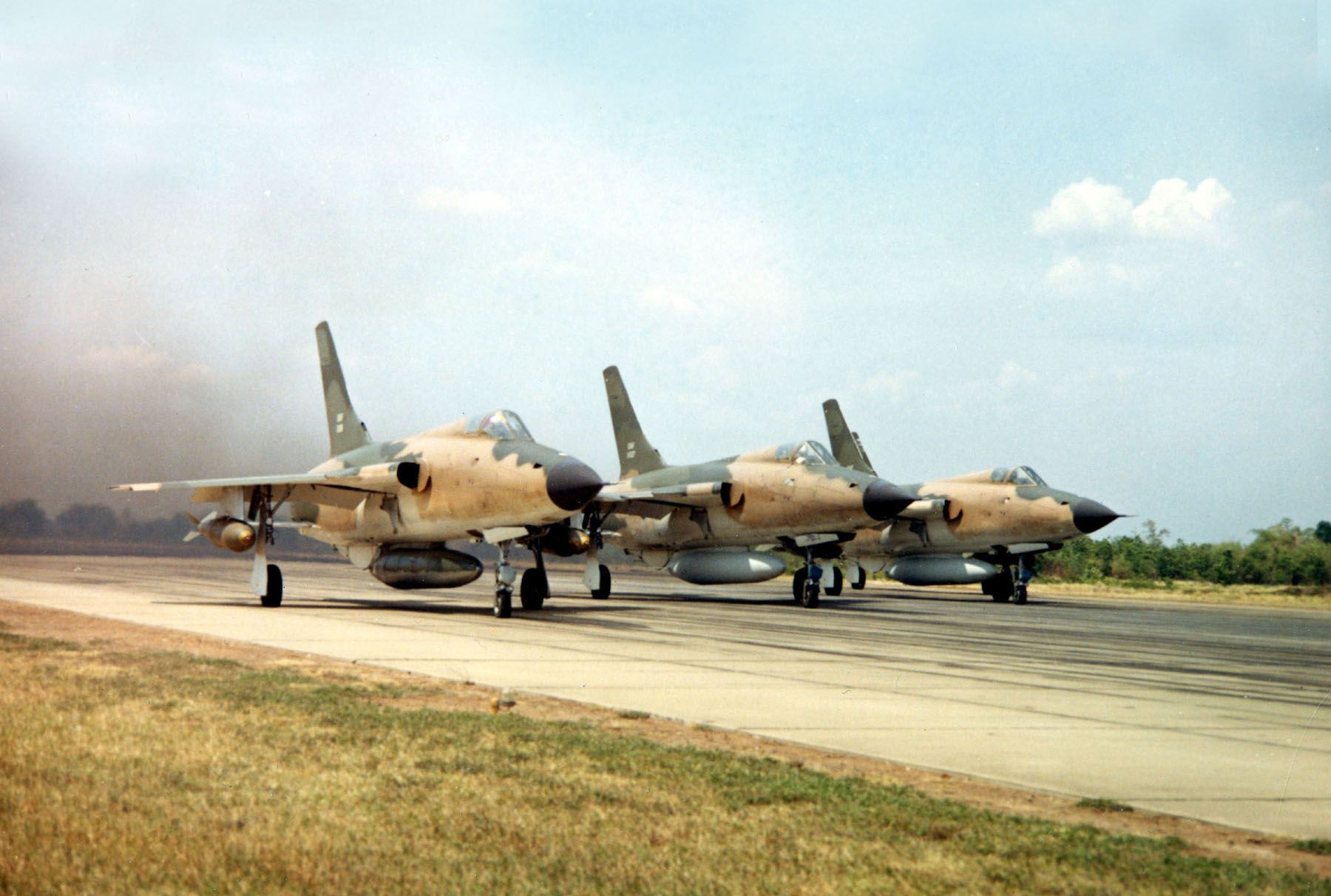
Mach 2 Fighter-Bomber: 5 Fast Facts About The Republic F-105 Thunderchief
The F-105 program had 13 different variants.
A downward-firing ejector seat
America’s Lockheed F-104 Starfighter was a contemporary of the Thunderchief and was extensively used by US allies worldwide at the time. However, it was later found that bribe payments facilitated these foreign contracts. The F-104 was a single-engine, supersonic air superiority fighter that also earned itself the reputation of being the ‘flying coffin’ of the skies.
The aircraft design was plagued with obsolete avionics, an unreliable engine (until it was fixed in 1967), and short-range. Early models even had an unusual downward-firing ejector seat as it was feared pilots wouldn’t be able to clear the aircraft’s tail. The ejector seat design led to 21 US Air Force pilots dying from incidents at low altitudes. National Interest notes over 50% of Canadian F-104s and over 30% of German F-104s were lost in accidents.
Dangerous aircraft flying today
The Bell Boeing V-22 Osprey is among the world’s unique military aircraft designs. It is a multi-mission tiltrotor aircraft that can function as a helicopter and a turboprop aircraft that can perform both VTOL and STOL take-off and landings. Around 400 Ospreys have been produced, and are in service in the Air Force, Navy, Marines, and with the Japanese. However, these novel aircraft are also plagued with issues.
Some 16 V-22 Ospreys have been lost or damaged beyond repair in accidents and 62 people have died in accidents since 1991. In December 2023, Reuters reported the US military was grounding its entire fleet of Ospreys after a fatal crash of an Air Force Special Operations Command Osprey off the coast of Japan in November 2023 that claimed eight lives. Between March 2022 and November 2023, there have been four fatal Osprey crashes that claimed the lives of 20 service members.
|
Service Period: |
2007 to present |
|---|---|
|
Hulls Lost: |
16 |
|
Total Fatalities: |
62 |
|
Operators: |
US Navy, Air Force, Marines & Japan Self-Defense Forces |
Photo: viper-zero | Shutterstock
Sometimes, low production numbers can drive up the statistics. For example, 5% of the B-2 Spirit Stealth Bombers have been lost to accidents, although only 21 were ever produced, and only one aircraft has crashed. While civilian aircraft can be built with a greater emphasis on safety and can be flown in the safest manner, these are not luxuries military aircraft enjoy.
A report in 2020 found that in six years, over 6,000 non-combat US military “mishaps” on training flights or routine missions had killed 198 service members and civilians. It also found that the accidents had resulted in 157 aircraft being destroyed (at a value of $9.41 billion). The report further noted that while the Commission was conducting the statute, another 26 lives were lost, along with another 29 aircraft and $2.25 billion worth of damage and losses.
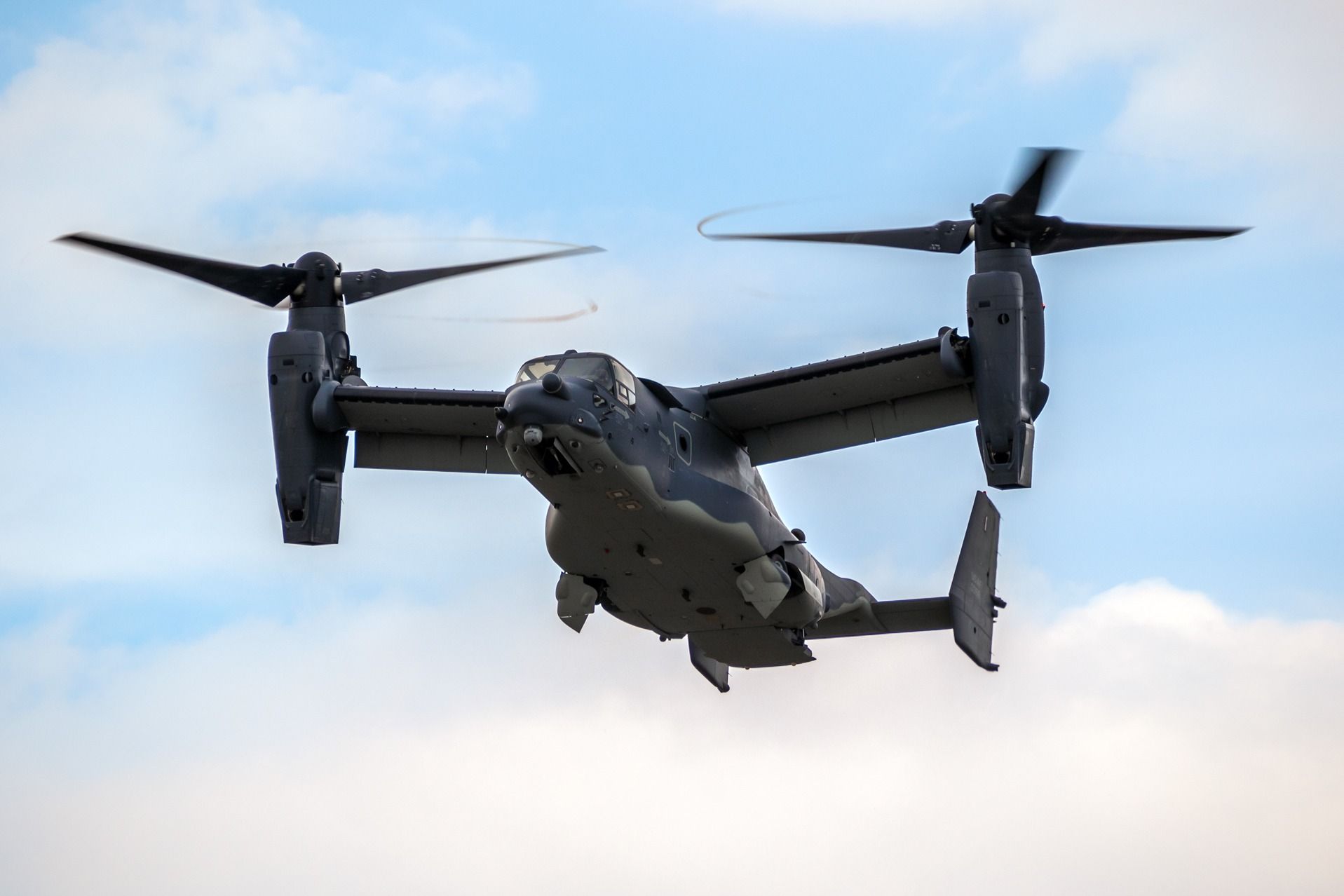
V-22 Osprey Fleet Set To Be Ungrounded 3 Months After Japan Crash
The V-22 Osprey was grounded following a crash off the coast of Japan, which claimed the lives of eight people.
The Navy’s (dis)honorable mention
Sikorsky MH-53E Sea Dragon is the largest helicopter in the Navy but is also the Navy’s most accident-prone helicopter. It is a heavy-lift helicopter developed from the CH-53 with an added third engine. It fulfills long-range minesweeping and airborne mine countermeasures missions for the Navy as well as heavy-lift duties. Some 132 people died in accidents involving the Navy and Marine versions of the helicopter between 1984 and 2019. CNBC noted that the MH-53E Sea Dragon has the highest accident rate. Most recently, USNI News reported that a CH-53E Super Stallion crashed in California in February 2024, killing five marines.
Historically, the Vought F7U Cutlass was probably the Navy’s worst and most dangerous aircraft and was withdrawn from service after less than ten years. It was a jet fighter and a fighter bomber built in the early Cold War, but, according to Maps Air Museum, it lost a quarter of its airframes in 55,000 flight hours. It was responsible for the deaths of four test pilots and 21 Navy pilots.


